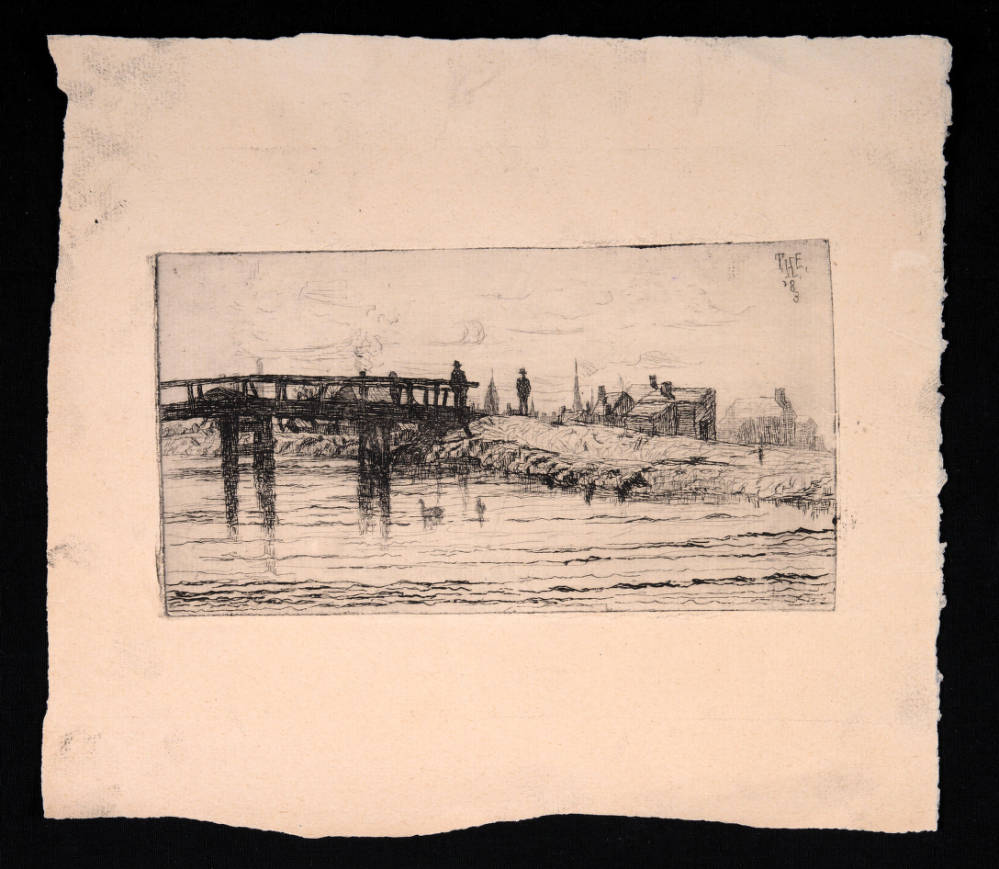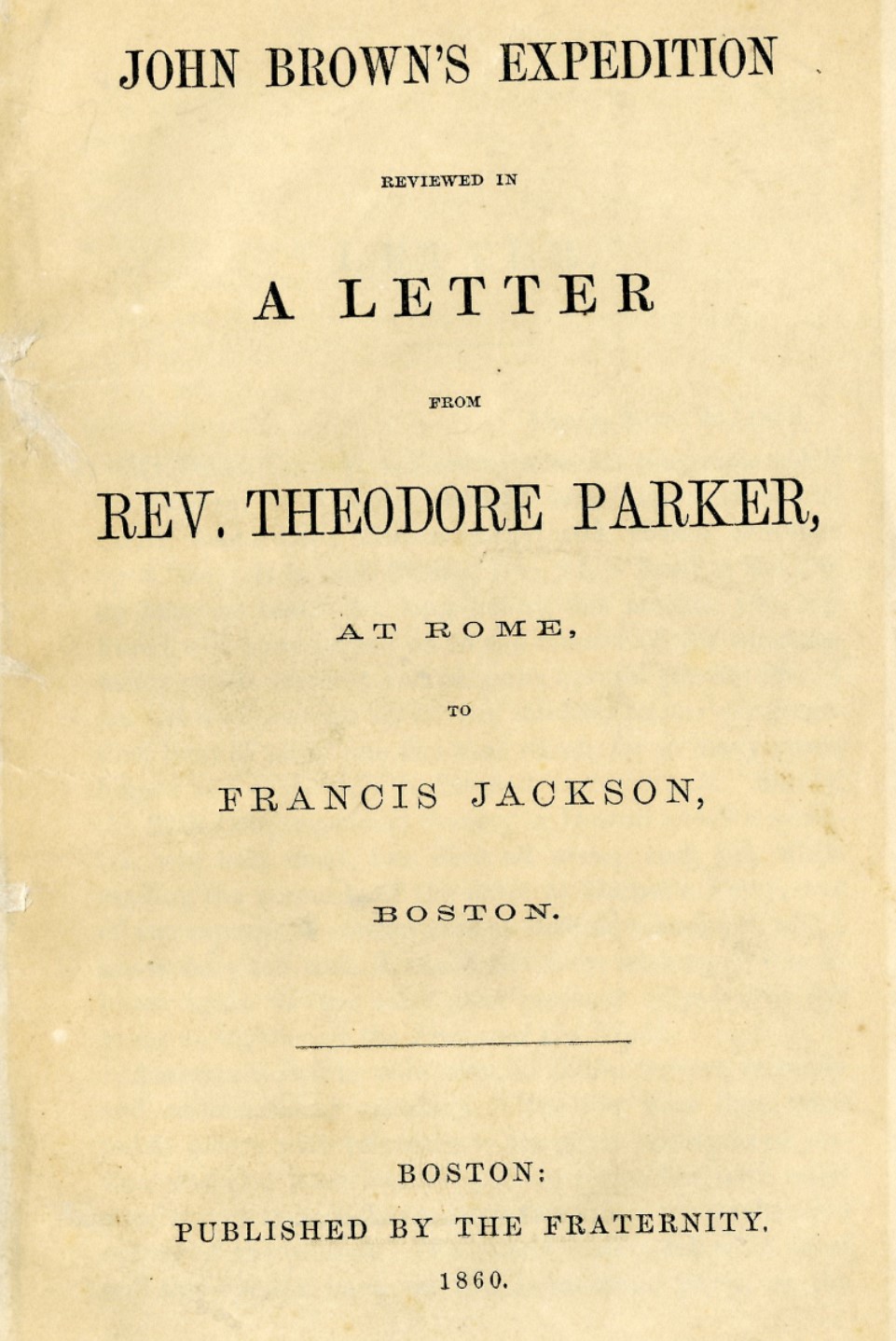The Hibben family papers are a tremendous gem in the Indiana State Library. With records, correspondence, pictures and artworks from 1840 to 1937, there is a wide breadth of material among the collection. However, today we are going to look at the artists of the family whose works the Indiana State library is lucky enough to have: Louise Douglas Hibben, her brother Thomas Entrekin Hibben, Sr., and his son, Thomas Entrekin Hibben, Jr. Louise Hibben was born in 1867 and was the youngest of three children born to James Samuel Hibben. Taking after her older brother Thomas, Hibben would see art as a way to showcase the natural world around her, though her portrayals tended to get more abstract the longer she worked. Primarily specializing as a painter, Hibben has a range of pieces that have been collected by the State Library and her works have been shown in galleries from The Indiana Museum of Art at Newfields to the National Museum of Women in the Arts.
Louise Hibben was born in 1867 and was the youngest of three children born to James Samuel Hibben. Taking after her older brother Thomas, Hibben would see art as a way to showcase the natural world around her, though her portrayals tended to get more abstract the longer she worked. Primarily specializing as a painter, Hibben has a range of pieces that have been collected by the State Library and her works have been shown in galleries from The Indiana Museum of Art at Newfields to the National Museum of Women in the Arts.
 Thomas Entrekin Hibben, Sr. was a successful businessman and artist working in both Rushville then Indianapolis. Mainly focusing on etchings and lithographs, Hibben would work on improving the etching process of the time himself but have an artistic drive to capture real life scenes as still lives or landscapes. Inspiring both his little sister and his son, Hibben, Sr. was a force for the artistic endeavors in Indiana in the two communities he was a part of, becoming known as an acknowledged patron of the arts and was the first artist at the Indianapolis News.
Thomas Entrekin Hibben, Sr. was a successful businessman and artist working in both Rushville then Indianapolis. Mainly focusing on etchings and lithographs, Hibben would work on improving the etching process of the time himself but have an artistic drive to capture real life scenes as still lives or landscapes. Inspiring both his little sister and his son, Hibben, Sr. was a force for the artistic endeavors in Indiana in the two communities he was a part of, becoming known as an acknowledged patron of the arts and was the first artist at the Indianapolis News.
Thomas Entrekin Hibben, Jr. was an architect by trade, studying at Princeton, Penn and schools in London and Paris, but like his father before him loved capturing the buildings and landscapes around himself in the form of drawings and lithographs. Hibben, Jr. also helped design buildings for Butler University and was involved in the Lincoln Boyhood National Memorial. He served in both world wars, would act as a governmental advisor for several New Deal and foreign economic development programs, and would represent the United States as an ambassador to Pakistan.
These aren’t all of the artists in the Hibben family lineage, as Thomas Entrekin Sr.’s daughter Helene Louise Hibben would be quite talented artist herself, specializing in sculptures, particularly bronze. Helene Hibben studied under well-known sculptures Lorado Taft and James Earle Fraser and even had some of her art purchased by the Library of Congress, a couple of her bas-relief portraits. The Indiana State Library does not currently have any pieces by Helene Hibben, but the materials collected about the Hibben family that the library currently houses can be viewed here.
This blog post was submitted by A.J. Chrapliwy, Rare Books and Manuscripts Division.




